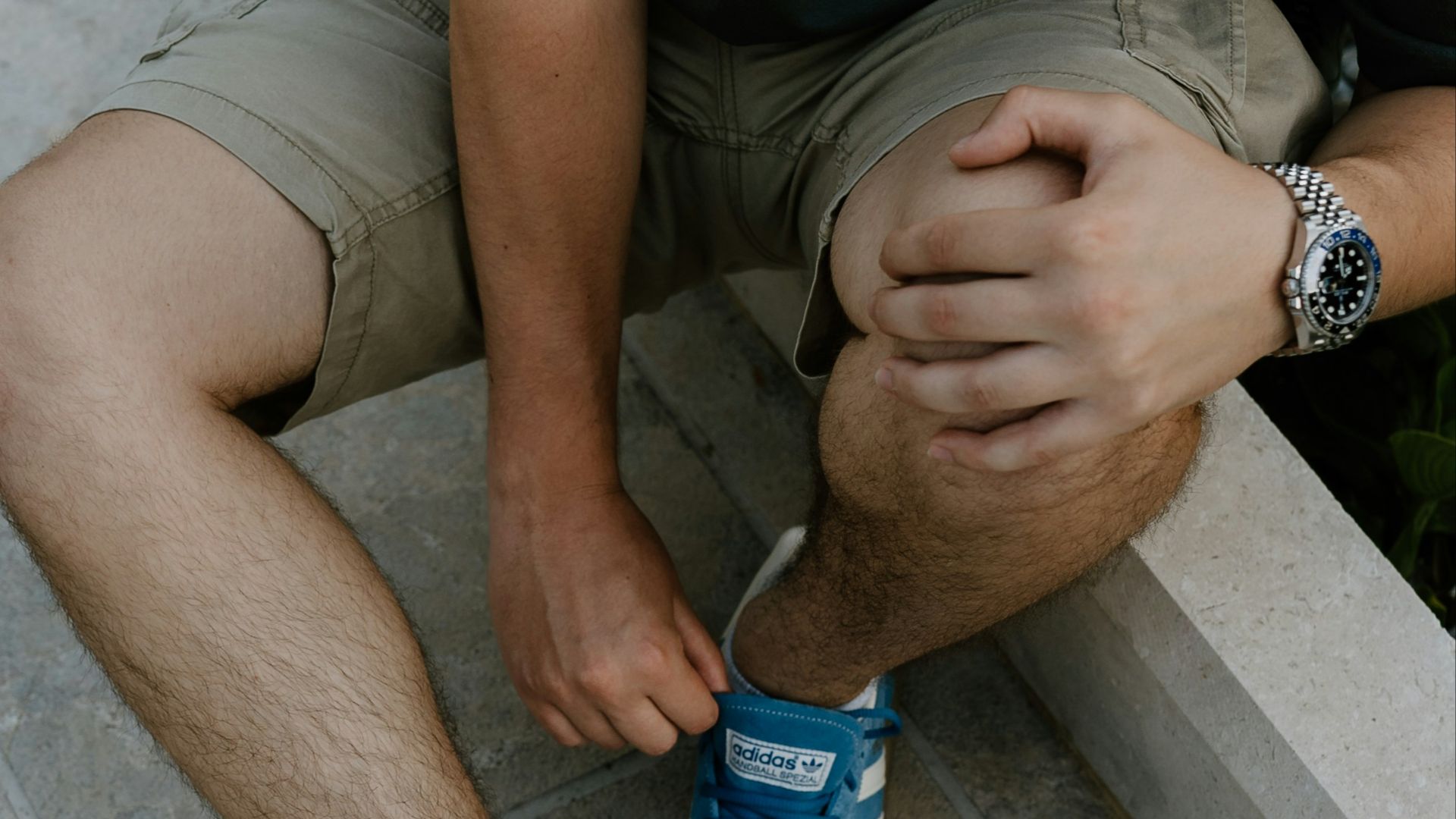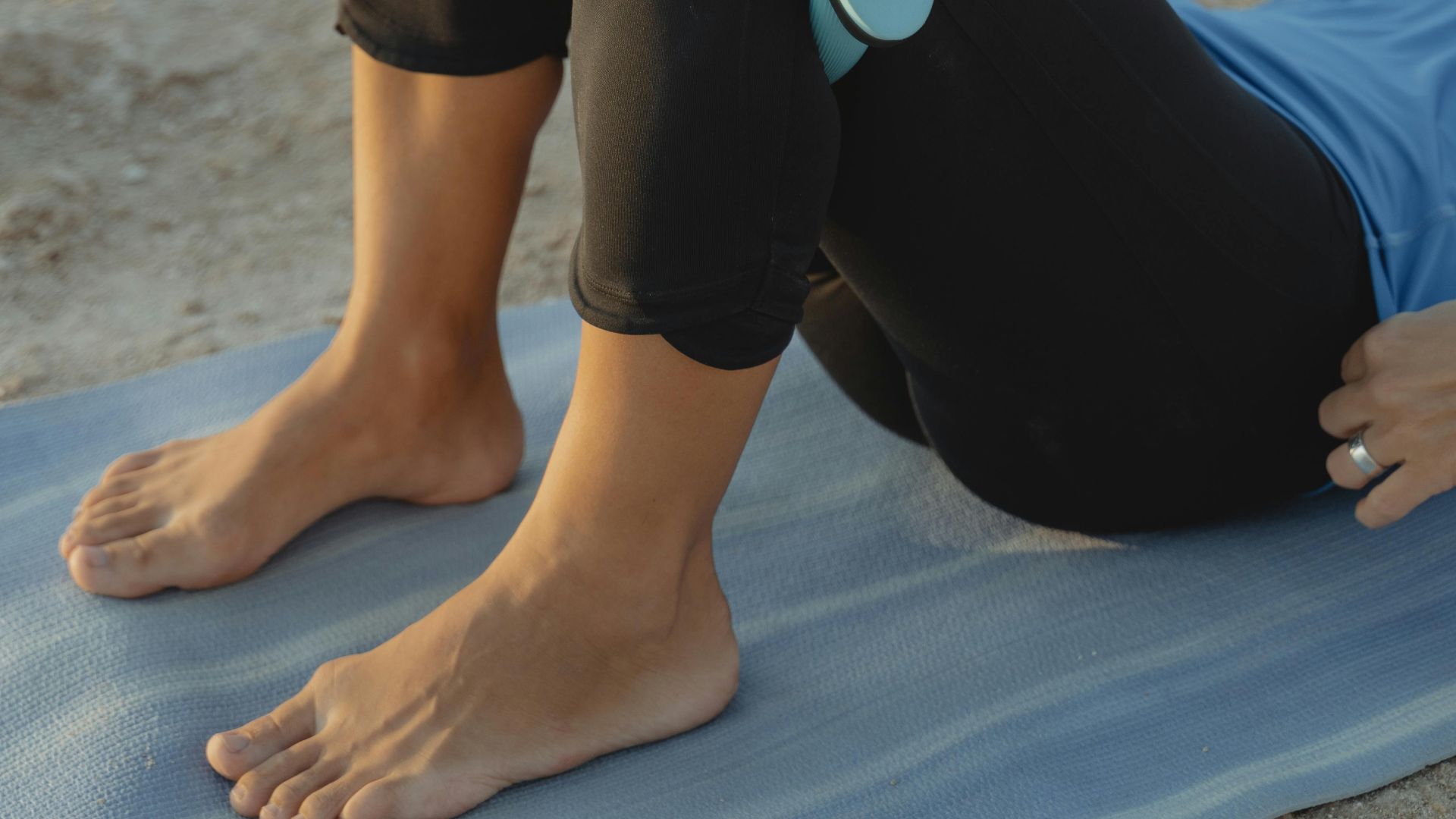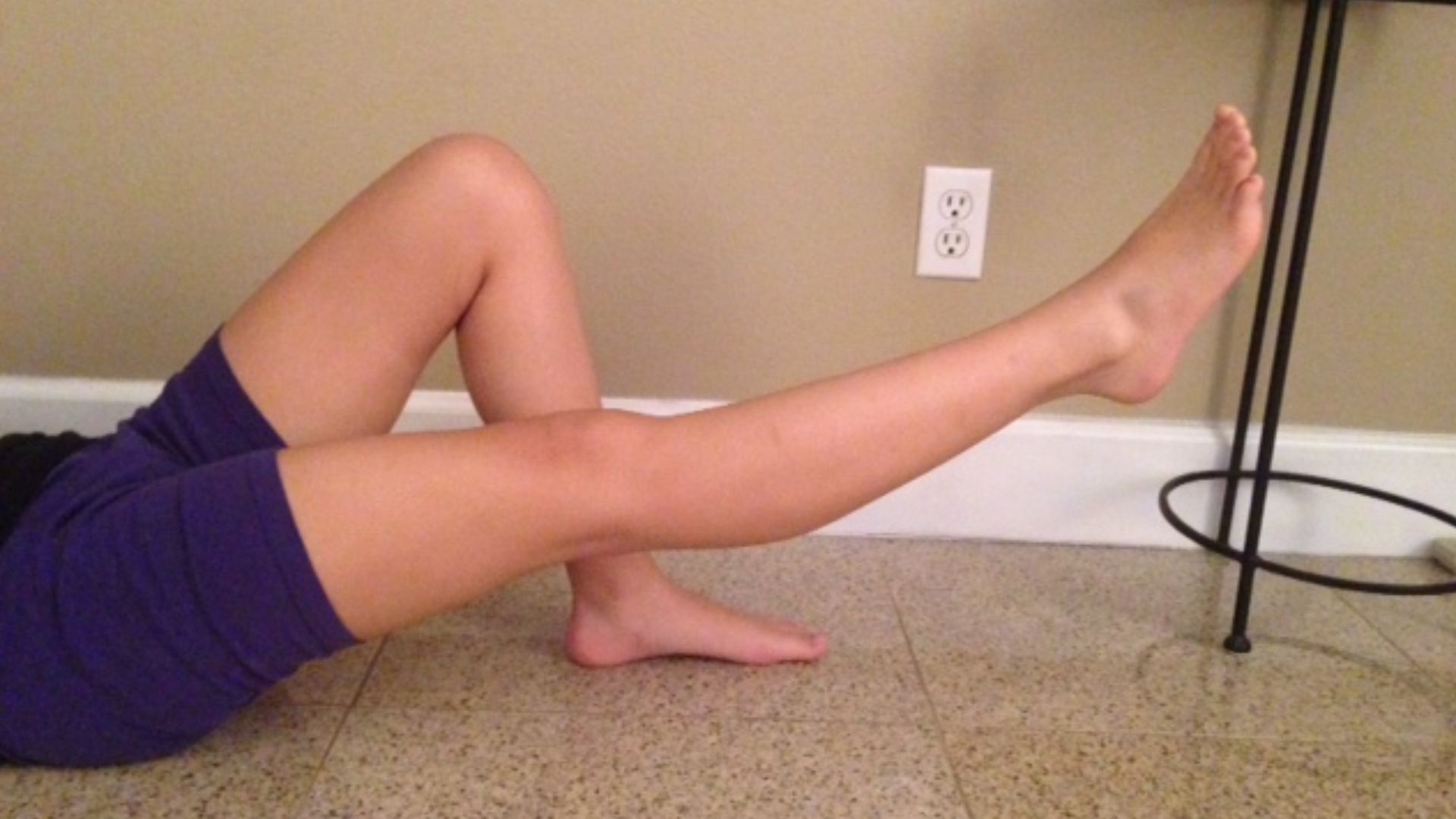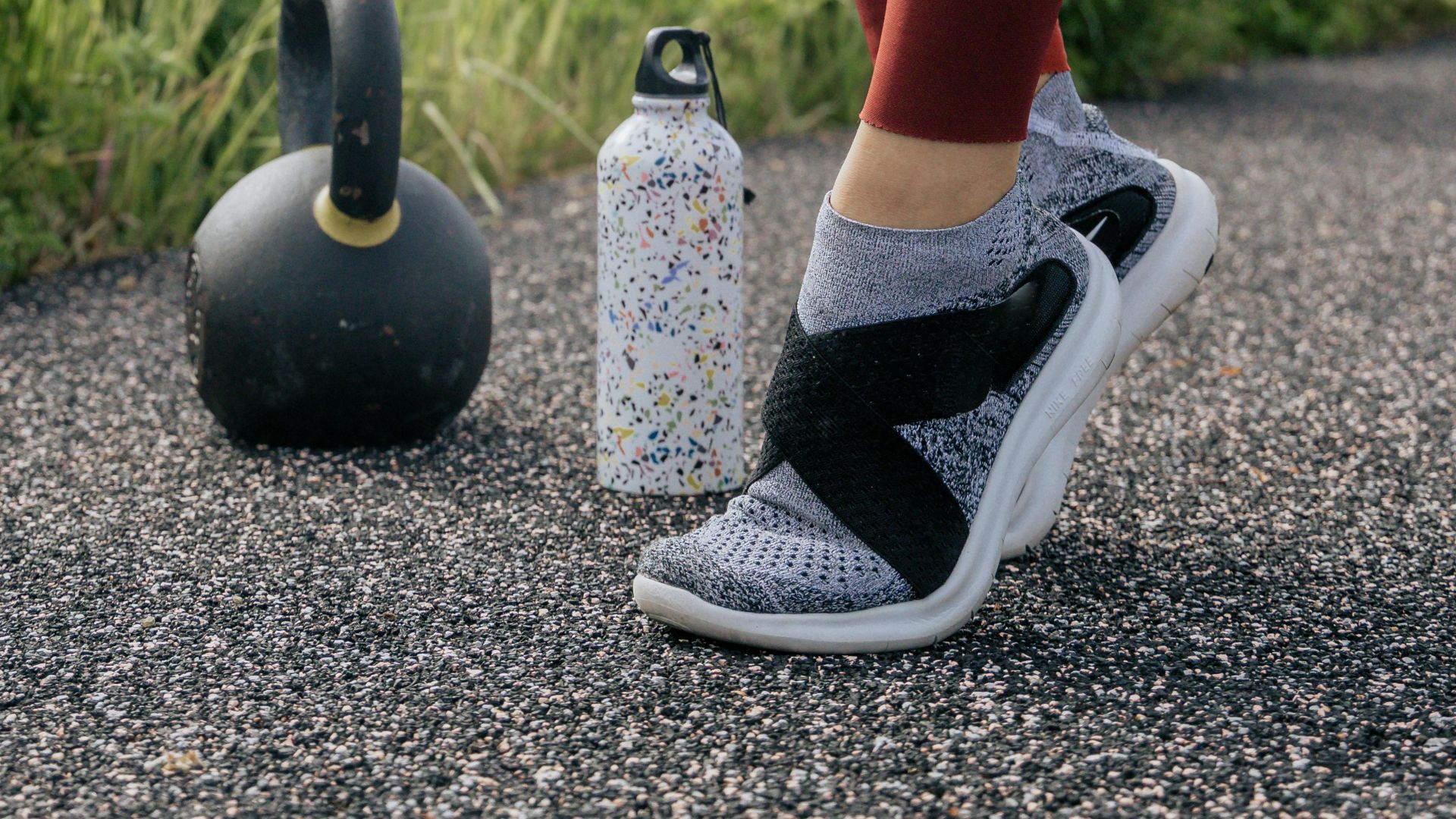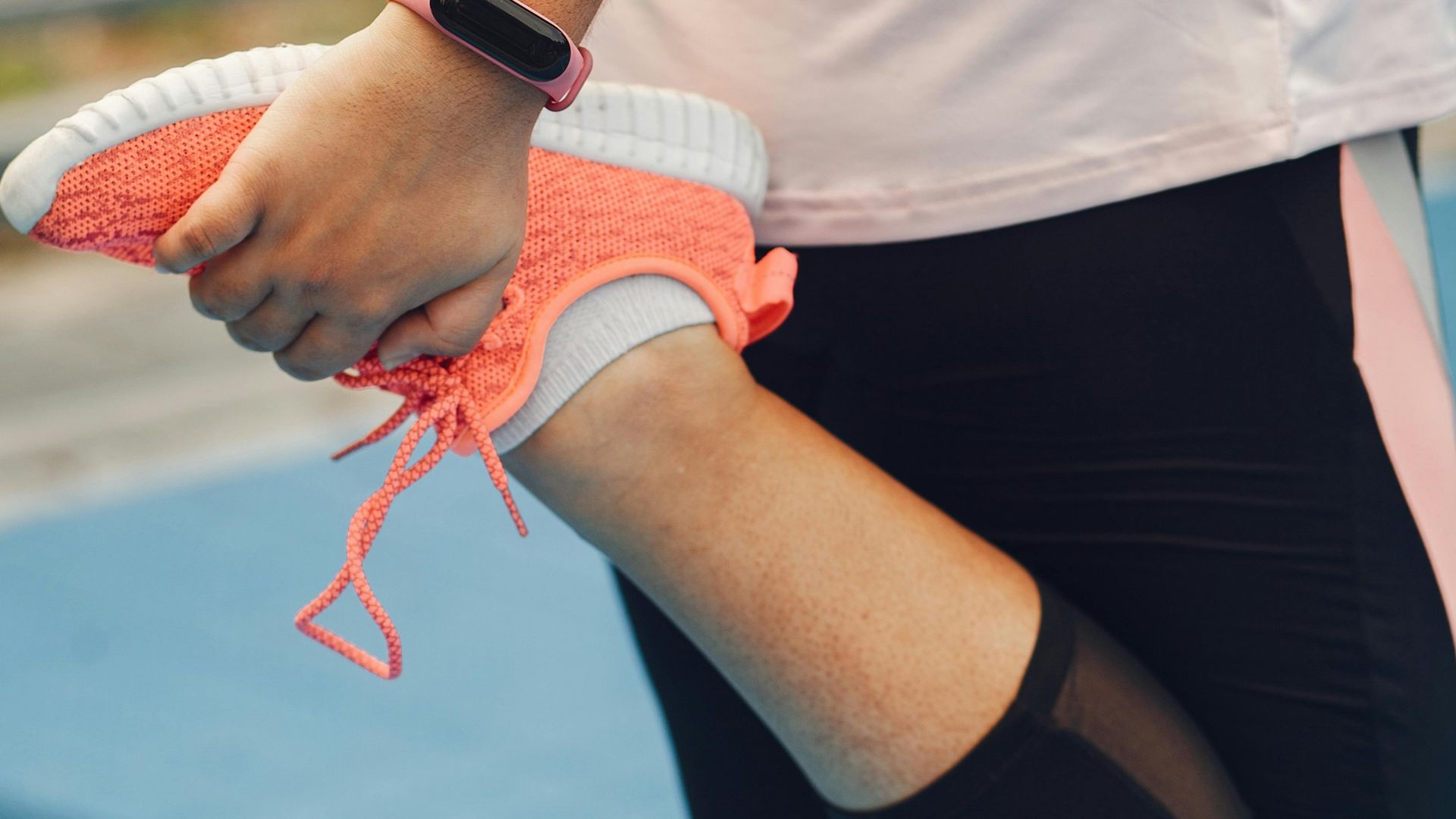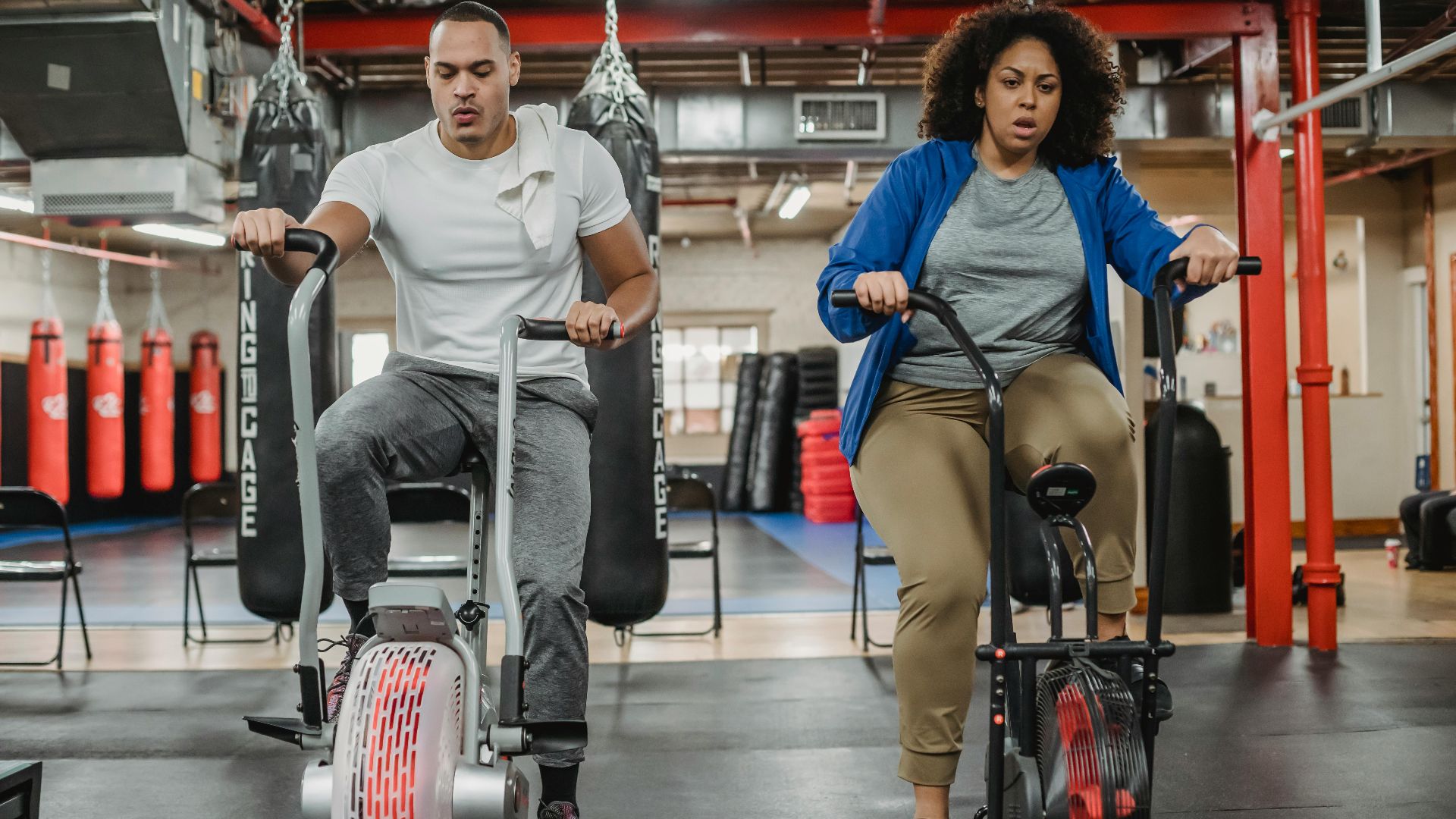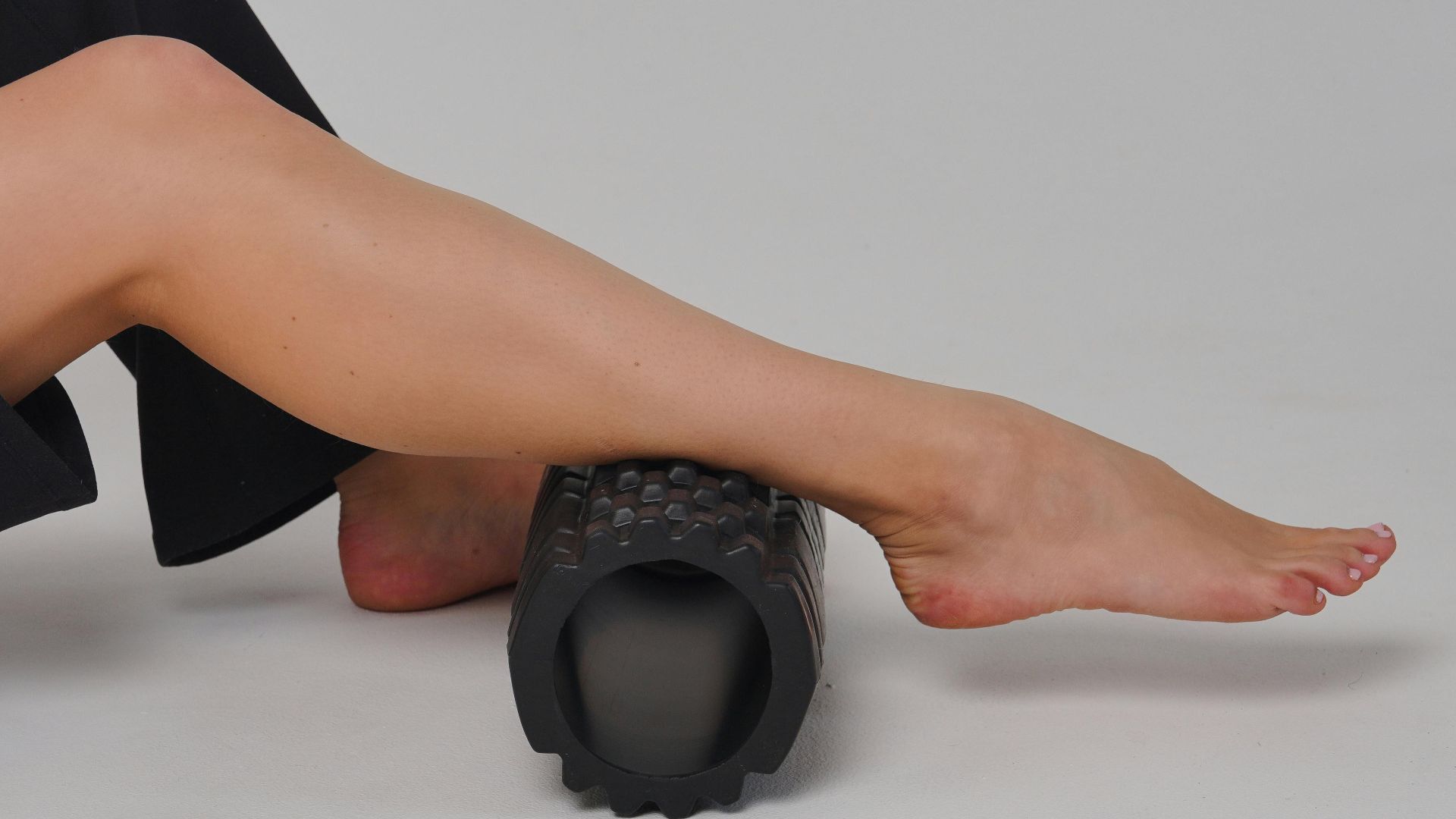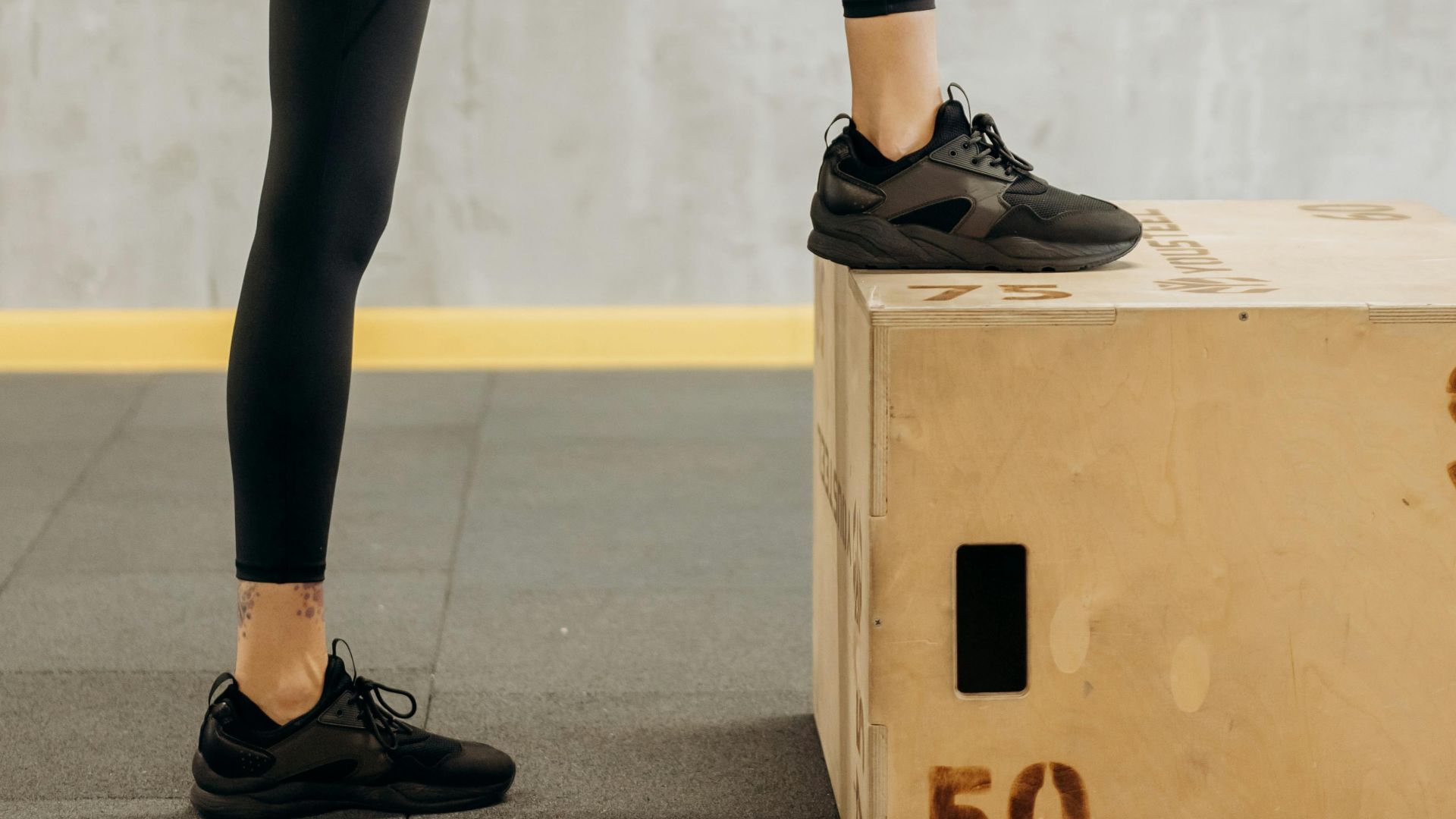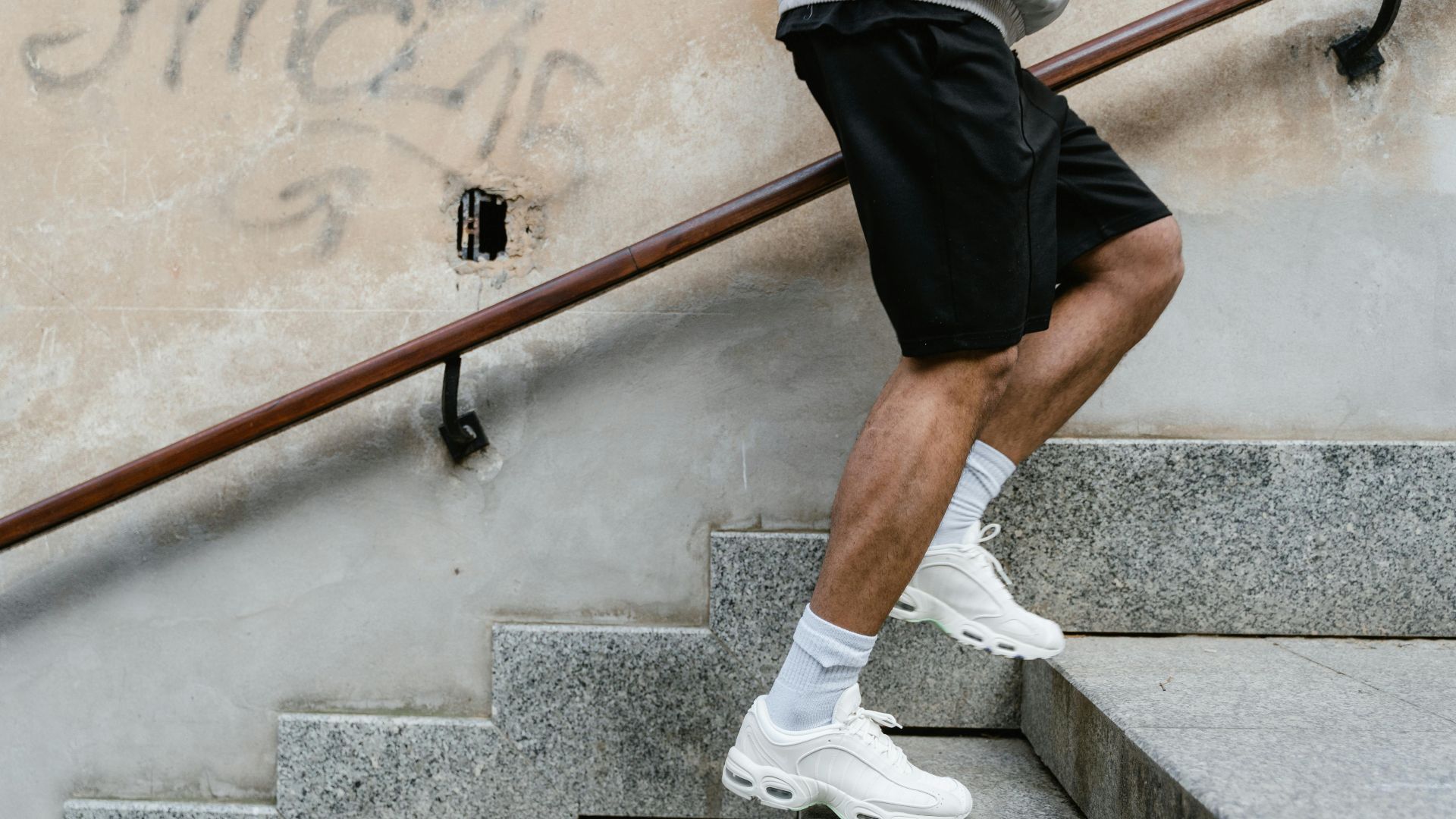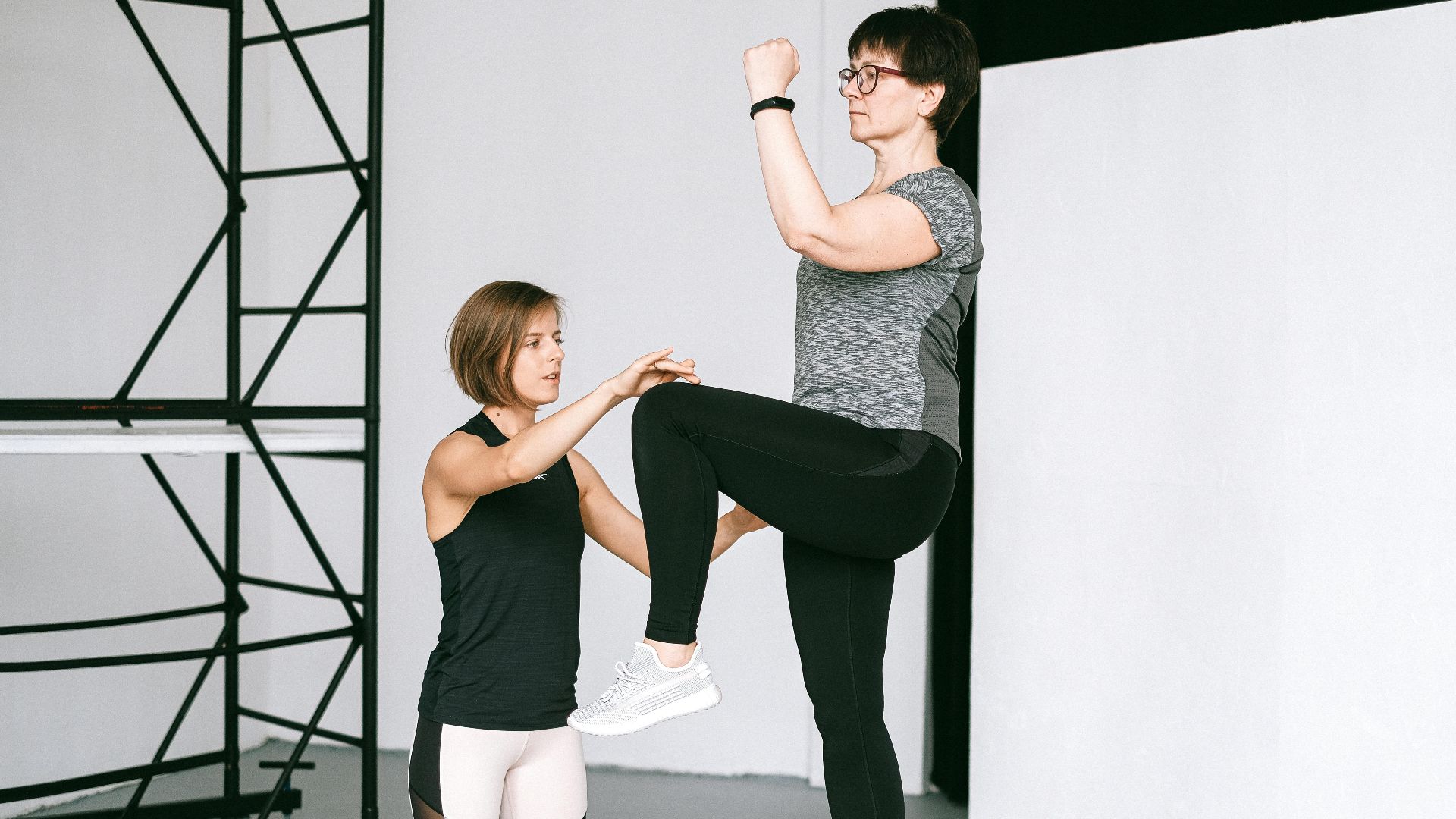Stronger Knees Start Here
Orthopedic surgeons love recommending knee replacements when the pain gets bad, but they're not always telling you about exercises that could eliminate your need for these services. Surgery should be the last resort after you've genuinely tried conservative treatments. So let’s look at the exercises that may help your knees feel stronger—and why they’re worth your time.
1. Quad Sets
Before you even think about bending that knee too much, start small with quad sets. Just tighten the muscles on the front of your thigh by pressing your knee gently into the floor. Hold it for about ten seconds, then release. It’s doable even while watching your favorite show.
2. Single-Leg Balance Holds
Here’s where stability meets strength. Stand tall and lift one foot off the ground, holding for as long as you can. Then switch sides. It helps your knee and ankle muscles stay steady, which means fewer wobbles later. For a challenge, try it with your eyes closed.
3. Heel Slides
To loosen things up, try heel slides. You can do it by simply lying flat and gently pulling your heel toward your body while keeping it on the surface. Then slowly return to the start. This motion helps your knee bend more easily.
4. Straight Leg Raises
Once your thigh starts feeling stronger, straight leg raises take it a step further. It’s a great exercise to build strength without stressing your knee. Just lie down by keeping your knee straight, and lift your leg slowly a few inches off the floor. Hold it briefly before lowering it back down.
5. Calf Raises
Now let’s get you on your toes—literally. Stand tall with your feet under your hips and slowly lift your heels until you’re on your toes. Feel that squeeze? Lower down with control and repeat. It’s a mini move that makes you feel powerful fast.
6. Standing Hamstring Curls
Give your hamstrings some attention by standing tall and curling one heel toward your buttocks. Hold it for a moment, and lower it back down. You can hold a chair for balance if you need extra support.
7. Stationary Cycling
If you’ve got access to a stationary bike, it’s time to pedal your way toward smoother motion. Start with gentle backward pedaling until your knee feels ready for full circles. Gradually move forward and increase resistance over time.
8. Foam Rolling For IT Band And Quads
End your routine with something relaxing. Grab a foam roller and gently roll along your thighs and outer legs. This helps release tightness and keeps your muscles limber. It’s the perfect cooldown after exercise, leaving your legs feeling lighter and more ready for recovery.
9. Step-Ups
Grab a small step or sturdy platform and practice stepping up with one leg, then back down. Alternate sides to keep things even. It’s a practical move that mimics daily actions, like climbing stairs.
10. Wall Squats
Find a wall and slide down like you’re sitting in an invisible chair. Hold the position for a few seconds, then rise back up. It’s a powerhouse move that works your thighs, glutes, and hamstrings all at once. You can adjust how low you go depending on your comfort level. Now that you’ve got the exercises down, let’s look at why each one can make a real difference before surgery.
Now that you’ve got the exercises down, let’s look at why each one can make a real difference before surgery.
1. Strengthens Quadriceps For Better Joint Stability
Your quads are the bodyguards of your knee, and stronger ones mean less strain on the joint. Building them up improves support and stability, often easing pain from weakened cartilage. Think of it as giving your knee its personal safety net, sometimes enough to delay or avoid surgery altogether.
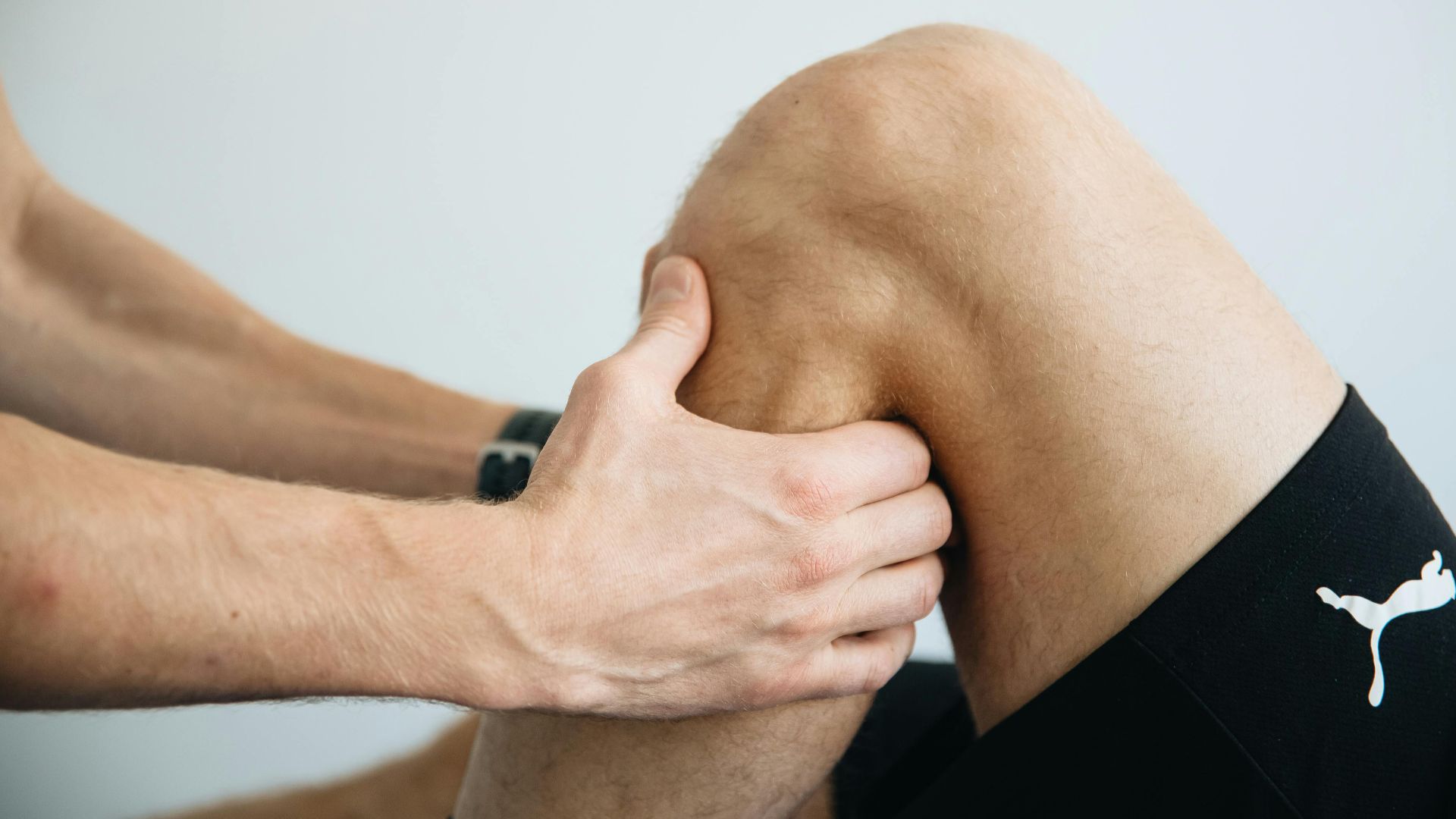 Funkcinės Terapijos Centras on Pexels
Funkcinės Terapijos Centras on Pexels
2. Helps the Kneecap Move Smoothly Again
When the knee hurts, people naturally adjust how they walk or stand, which can cause the kneecap to glide slightly off its natural path. Exercises that gently re-engage the inner knee and improve leg control help the kneecap settle back into a smoother motion. That reduces the “rubbing” or “grinding” discomfort many feel during stairs or bending.
3. Reduces Everyday Discomfort And Swelling
Regular, low-impact exercise boosts circulation and joint lubrication, which can cut down swelling and inflammation. Many people notice less pain during walking or climbing stairs after just a few weeks of consistent movement. That relief can help you function better without immediate surgical intervention.
4. Activates Stabilizer Muscles Often Neglected
Movements like clamshells and side-lying lifts engage small stabilizers around the hip and knee that typical walking or standing doesn’t reach. These muscles play a quiet but significant role in keeping the joint aligned. Strengthening them reduces uneven wear and helps the knee track properly.
5. Enhances Balance To Prevent Falls
Improving balance before considering surgery helps your body move more confidently. Those simple exercises stabilize muscles. Better coordination means fewer stumbles and less chance of further knee injury, potentially delaying the need for surgery.
6. Supports Joint Health And Healing
Consistent movement helps your body stay energized from the inside out. As blood flow increases, the joints receive a steady stream of nourishment. Strong, engaged muscles around the knees work together to maintain a natural rhythm through each motion.
7. Encourages Natural Lubrication Through Motion
Gentle, repetitive movement stimulates the production of synovial fluid—the joint’s natural lubricant. This fluid cushions the knee and reduces friction between bones. Exercises like heel slides and cycling keep this system active, making each step smoother and less painful.
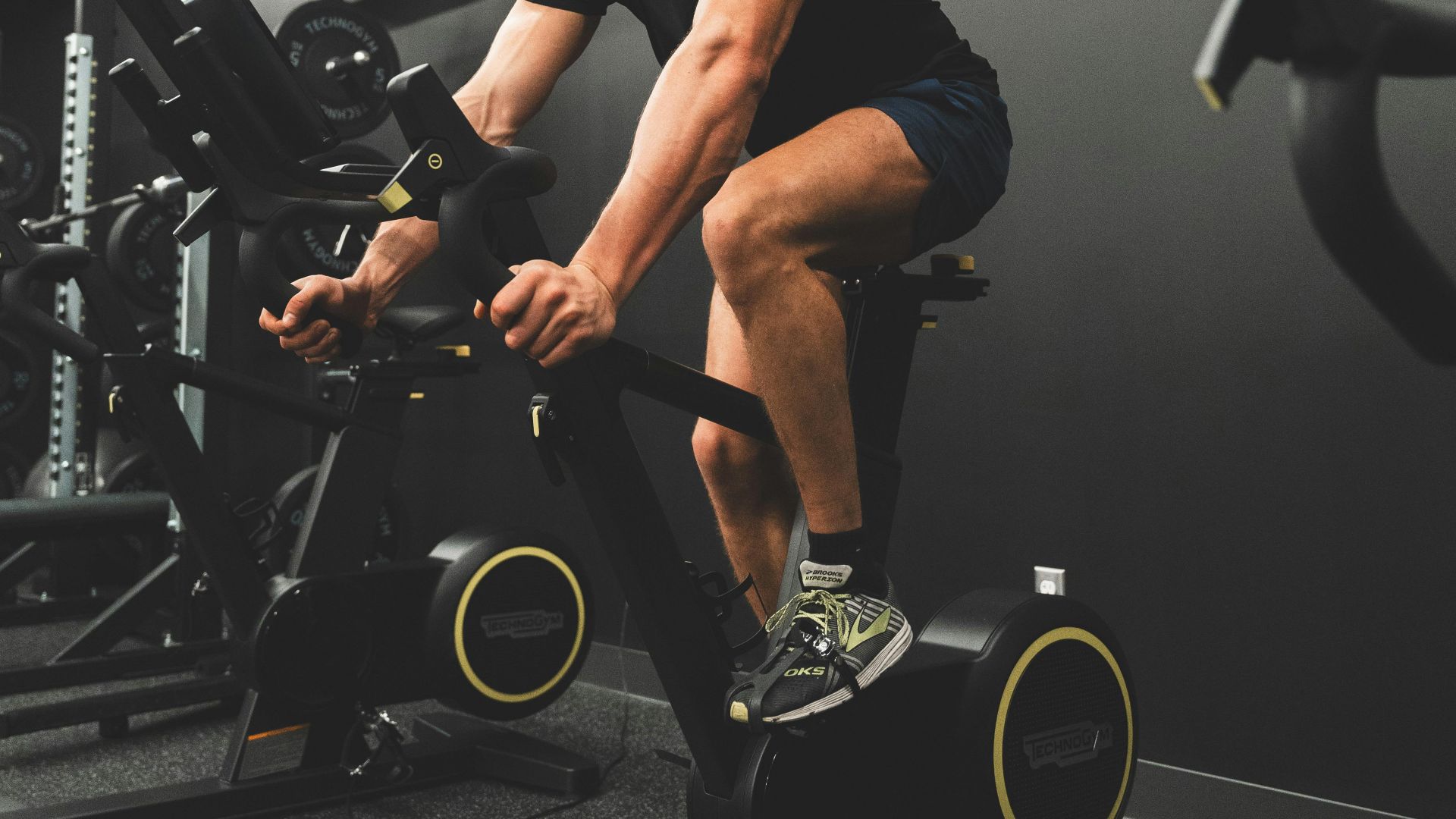 Jean-Daniel Francoeur on Pexels
Jean-Daniel Francoeur on Pexels
8. Builds Joint Awareness For Safer Movement
Targeted exercises help you reconnect with how your knee moves and responds. This heightened awareness makes it easier to avoid awkward twists or overextension, which often trigger flare-ups. The more in tune you are with your joint mechanics, the better you can protect it from further damage.
9. Interrupts The Inactivity-Pain Cycle
When pain leads to inactivity, muscles weaken and joints stiffen—creating a loop that worsens the condition. These exercises break that cycle by keeping the knee engaged without overloading it. Regular motion restores strength and flexibility, often reversing the decline that makes surgery feel inevitable.
10. Improves Mental Readiness And Control
Feeling capable again can shift your mindset. Exercise gives you a sense of progress and ownership over your recovery. When strength and motion start returning, confidence replaces frustration and reminds you that consistent effort can do more for your knees than the operating room.
KEEP ON READING



